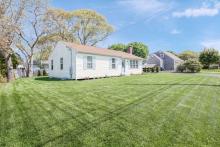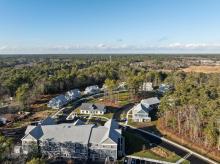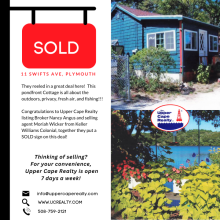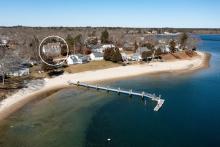Estuary and Whales, A Lloyd Center Program ~ by Katie Houseman, Lloyd Center Educator/Naturalist
Seeing the excited smiles on students’ faces as I show them slimy sea snails and seaweed-covered crabs, sparking enthusiastic children to ask questions and tell stories. Measuring the 100-foot length of the largest animal on planet Earth - the blue whale - while students gape and exclaim over the ginormous size. These are a few of the moments which underline the Lloyd Center’s Estuary and Whales in-school program.
The Estuary and Whales program consists of two stations which occur simultaneously. At one station, students participate in a presentation focused on the two major groups of whales, mysticetes (baleen whales) and odontocetes (toothed whales). At the end of the presentation, students listen to real whale songs and whistles and get to touch whale artifacts. Students then are taken into the hallway where they put their math skills to work, using a measuring tape to visualize the size of various types of whales. This interactive presentation allows students to realize just how incredible these whales are, from their large teeth and mustache-like baleen to their enormous size!
At the second station, live marine organisms from our touch tank are shown and passed around to students who observe and gently touch each one. Many of these students have a healthy curiosity about the organisms which live so close to them, and thrive on being able to interact with them in an educational environment.
Just this past week, I went into second grade classrooms and taught students about whales and estuarine creatures. Many of these students have rarely gone to the beach, despite living on the coastline. These students are incredibly sweet and more than deserving of the opportunity to see ocean animals up-close and personal. Students recognize animals they may eat at home like quahogs and periwinkles, but relish the chance to witness them alive and moving about. Their squeals of delight and the look of awe on their faces communicates just that.
As I, along with my fellow educators at the Lloyd Center, visit second grade classrooms, we pass on knowledge, and with that knowledge, a healthy fascination for both marine mammals and local estuarine organisms. We encourage students and their families to come visit our touch tank, located in the Lloyd Center’s Visitors’ Center in South Dartmouth and to explore the amazing coastal environment which surrounds them. This program sets the stage for when we return to their classrooms in fifth grade for our Coastal Exploration program, to teach about food webs and how the animals within them have particular adaptations to survive in their habitats.










